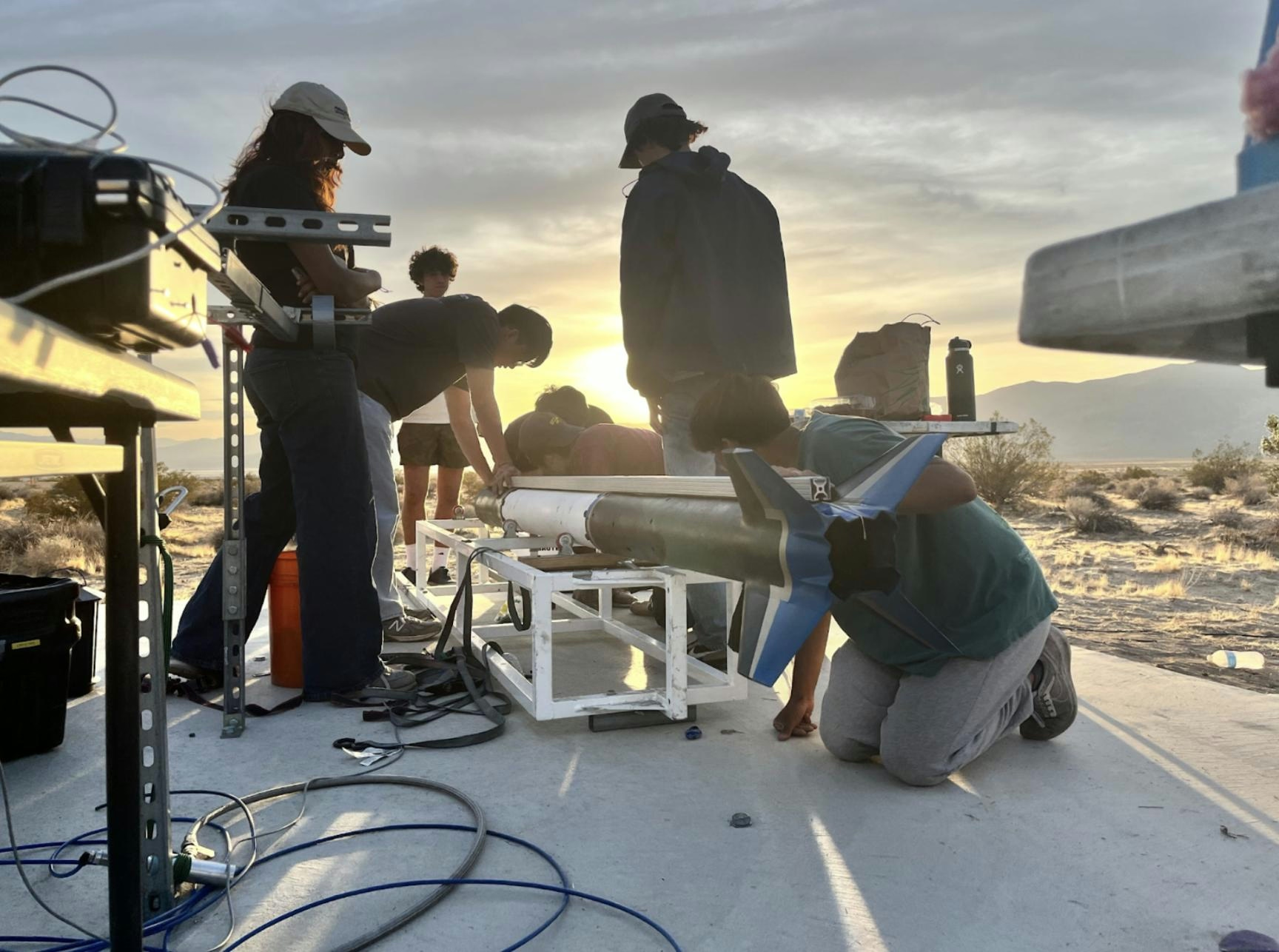
Умная почта, быстрый бизнес. Автоматически помечайте, анализируйте и отвечайте на запросы, котировки, заказы и многое другое — мгновенно.
В тренде
Magnetic Forecasts Shift in Engine Market
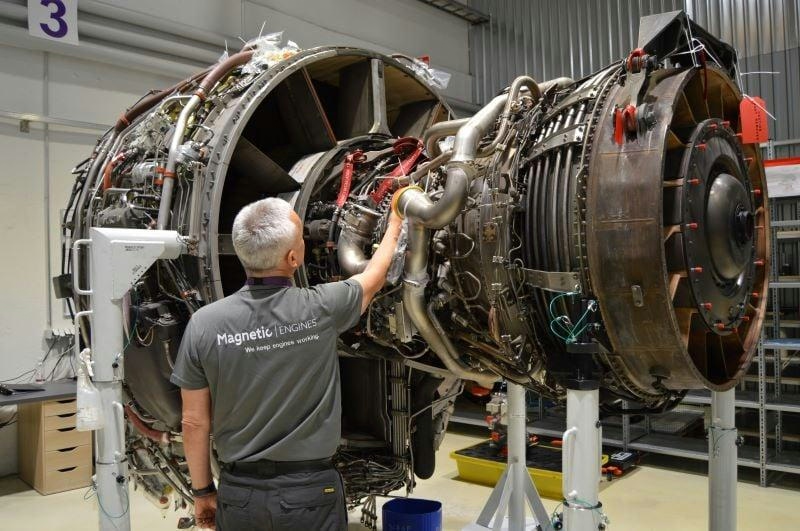
Magnetic Group Forecasts Significant Shift in Aircraft Engine Market
Magnetic Group has issued a forecast indicating a major transformation in the aircraft engine market, driven by changing fleet compositions and broader industry dynamics. The company projects that by the end of 2027, the global populations of CFM International’s CFM56-5B and Leap-1A engines will converge at approximately 6,500 units each, marking a notable milestone for the sector. A similar convergence is anticipated for the CFM56-7B and Leap-1B engines by 2030, with both expected to reach around 10,500 units in operation.
Evolving Fleet Dynamics and Market Implications
The retirement of the CFM56-5B and -7B engines is expected to follow a steady and predictable trajectory, a trend that holds particular significance for asset owners managing extensive inventories of these models. As the market increasingly shifts focus toward newer engine types, Airbus A320neo deliveries from 2030 to 2035 are projected to favor the Leap engine, with over 62% of new aircraft equipped with this option.
Alex Vella, Chief Investment Officer of Magnetic Group and CEO of Magnetic Leasing, emphasizes that this transition explains why the population gap between Leap-1A and -1B engines is unlikely to widen as significantly as seen in previous generations. The Boeing 737 MAX exclusively utilizes the Leap-1B, while Airbus positions the Leap engine in direct competition with Pratt & Whitney’s PW1100 geared turbofan, the successor to the IAE V2500.
Vella identifies several key factors shaping this turning point in the market: production constraints on new-technology aircraft following the pandemic, operational challenges associated with newer engines, and a robust rebound in passenger demand to pre-pandemic levels. These forces have spurred increased investment in previous-generation aircraft, which remain highly liquid. Consequently, retirements have slowed, leading to a shortage of used serviceable material and limiting the availability of spare engines for lease. This scarcity has reverberated throughout the industry, driving up shop visit costs, lease rates, and trading values. The combination of reduced time-on-wing for newer engines, surging demand, and slower aircraft deliveries has effectively extended the lifecycle of existing engine types.
Maintenance Trends and Broader Industry Pressures
Magnetic Group projects that by the end of 2027, the frequency of major shop visits for the CFM56 will align with core performance restoration events. By 2030, quick-turn shop visits are expected to constitute 60% of all maintenance activities, with this proportion increasing by 3 to 4 percent annually thereafter. Vella highlights a notable market dynamic: the valuation of most unserviceable engines currently favors rebuilding over parting out, raising important questions about the sustainability and standards of such practices.
Beyond the aviation sector, similar pressures are emerging in other engine markets. High initial costs for mechanized equipment, particularly in sectors such as Indian agriculture, are influencing purchasing decisions. At the same time, tightening emissions standards are driving demand toward more sustainable and fuel-efficient engines. In response, major industry players including Cummins and Caterpillar are accelerating innovation efforts, developing advanced, eco-friendly solutions to meet evolving regulatory and market requirements.
As the aircraft engine market approaches a critical juncture, industry participants are navigating a complex environment shaped by supply constraints, technological advancements, and an increasing emphasis on sustainability.
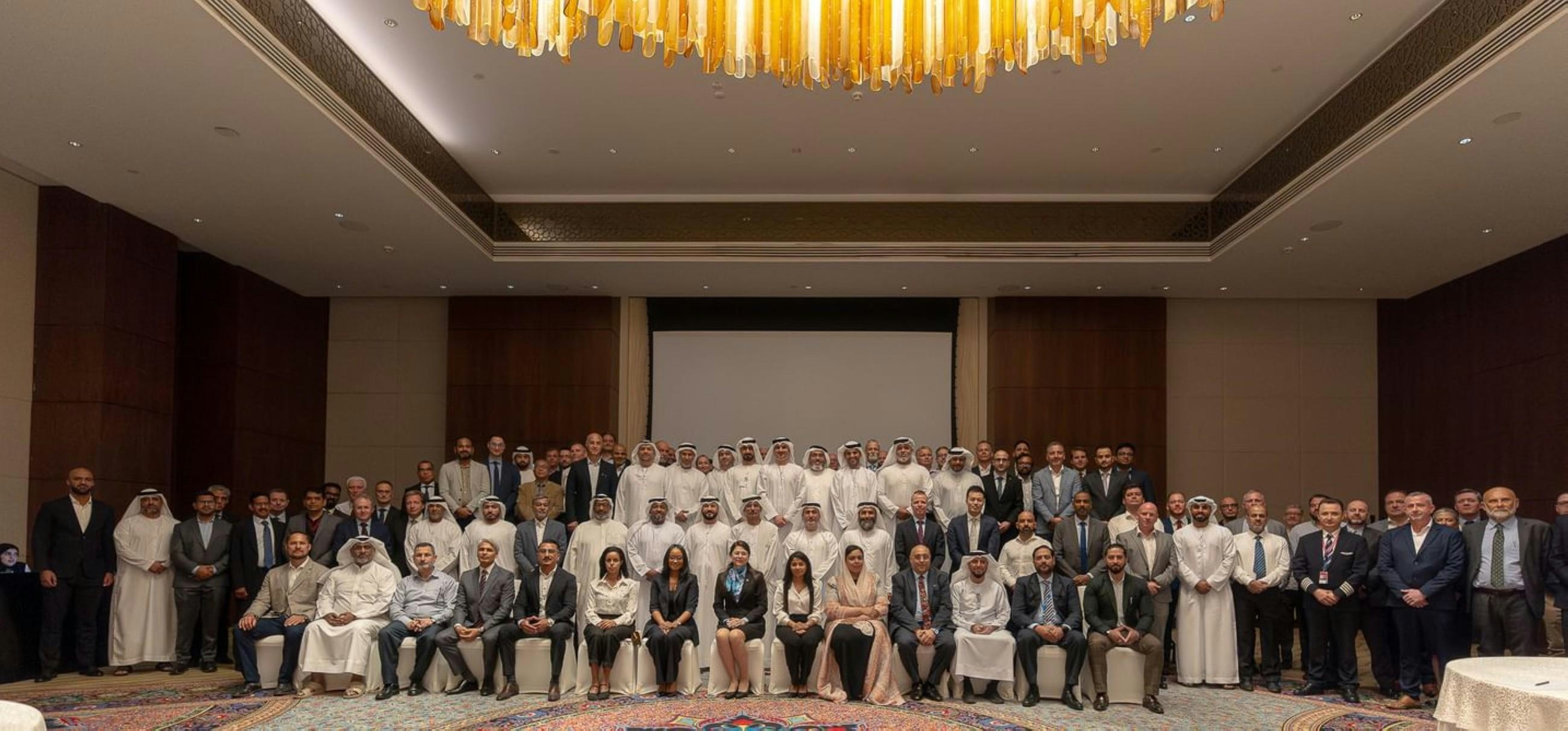
GCAA Hosts ASCC 2025 to Discuss Regulatory Innovation
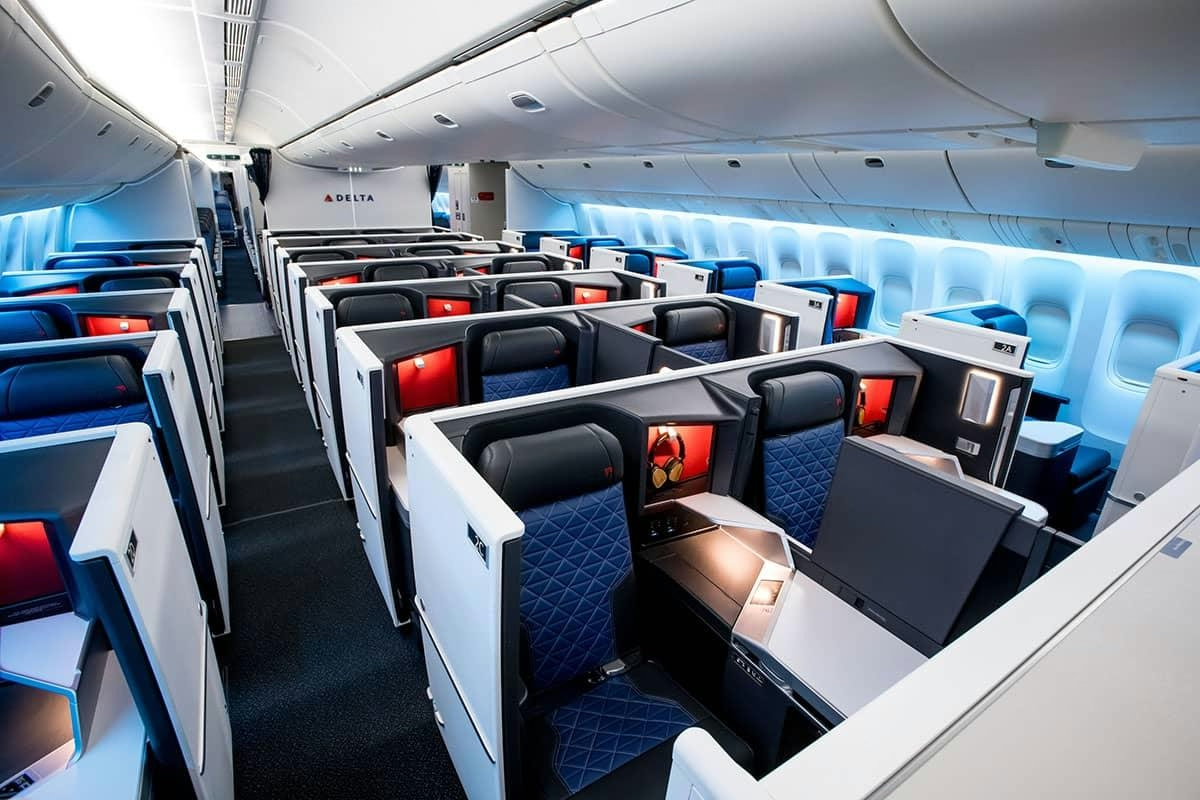
Delta Air Lines’ Primary Hubs for Each Widebody Aircraft
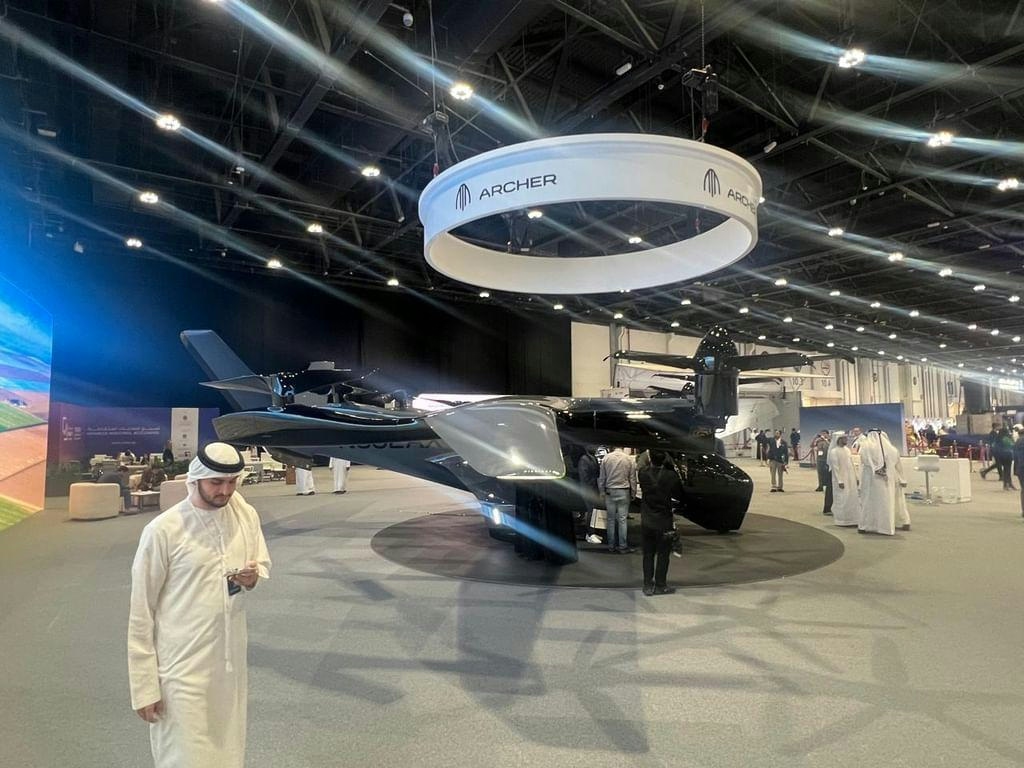
UAE Aviation Authority Unveils Framework to Regulate Electric Air Taxis
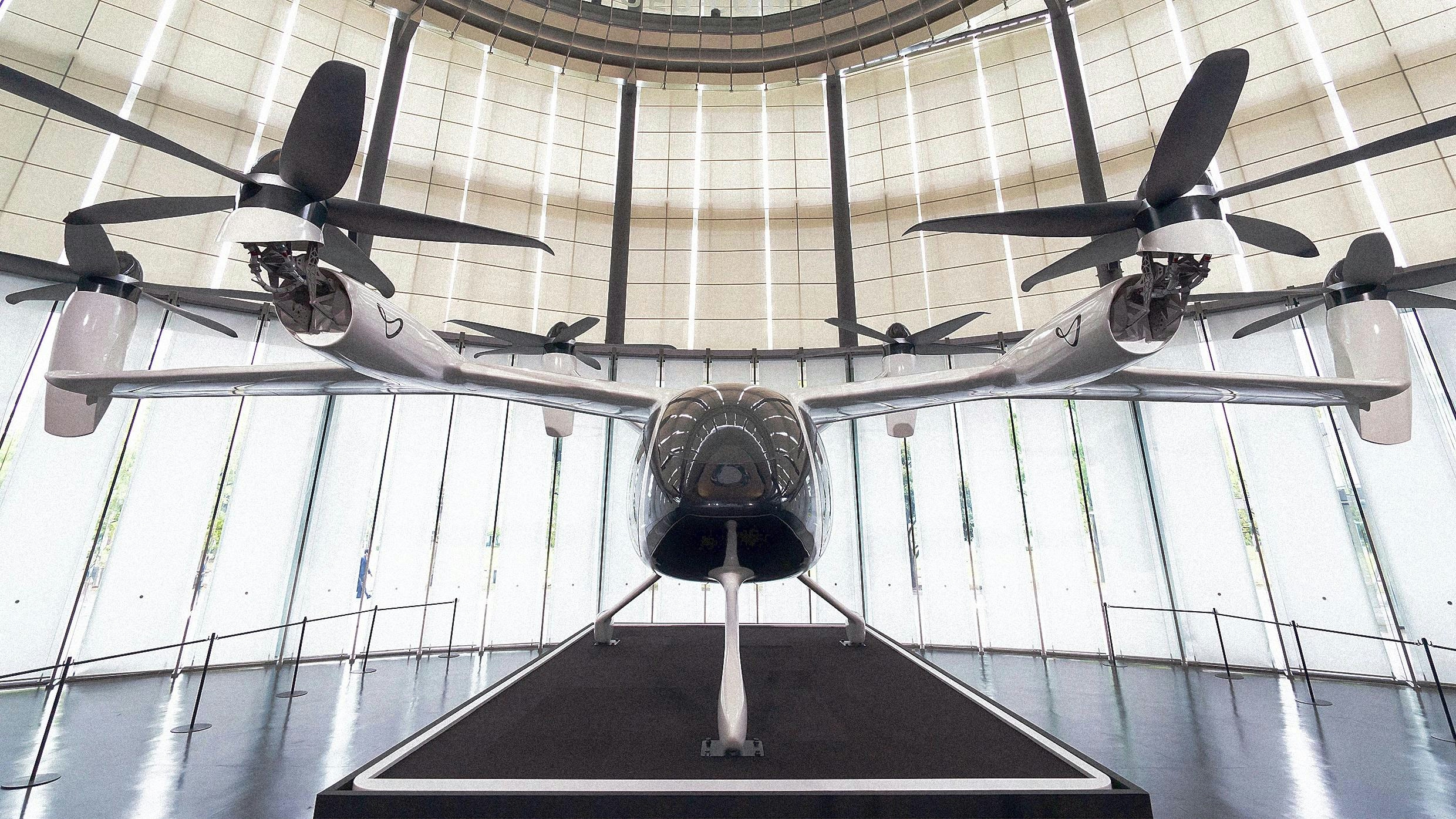
Electric Air Taxi Company Supported by American Airlines Seeks to Transform Travel
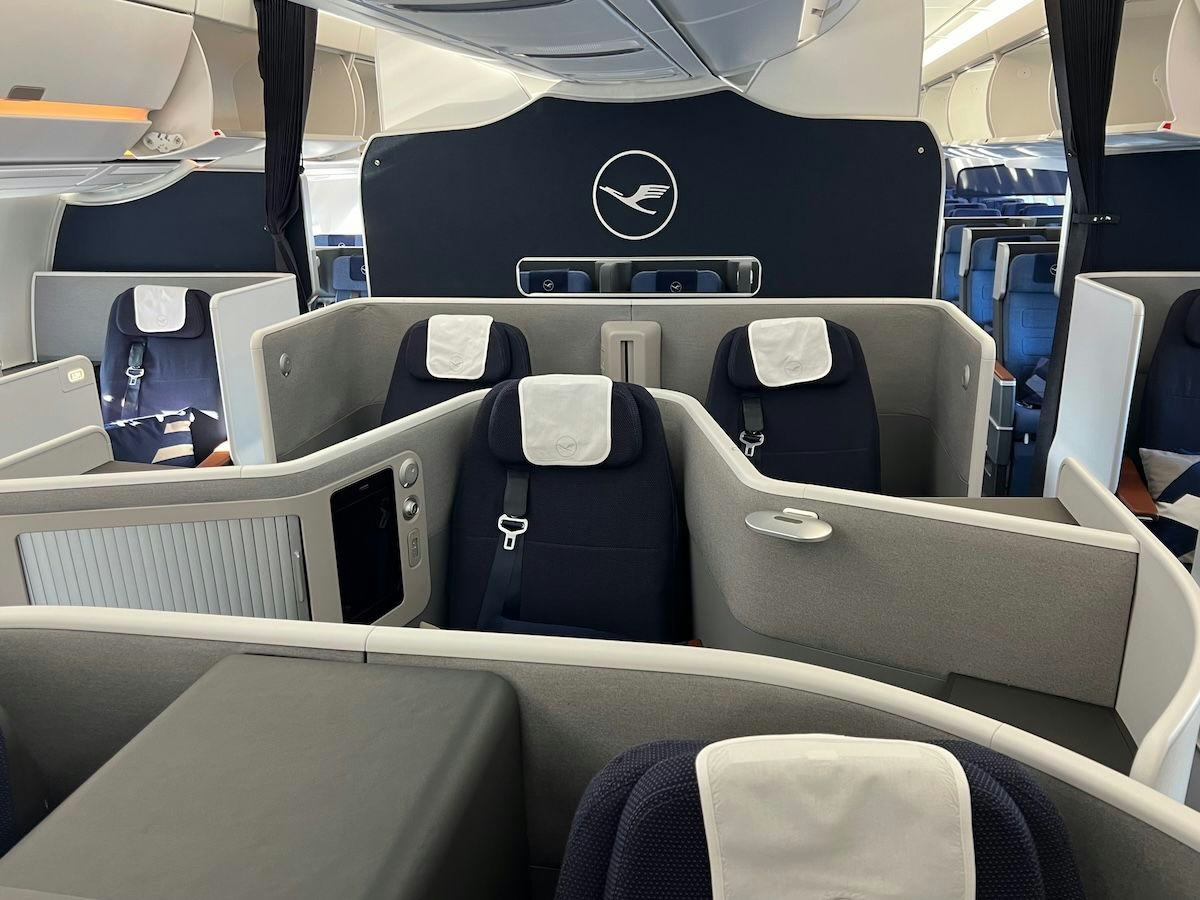
Airline Seat Shortages Delay Jet Deliveries
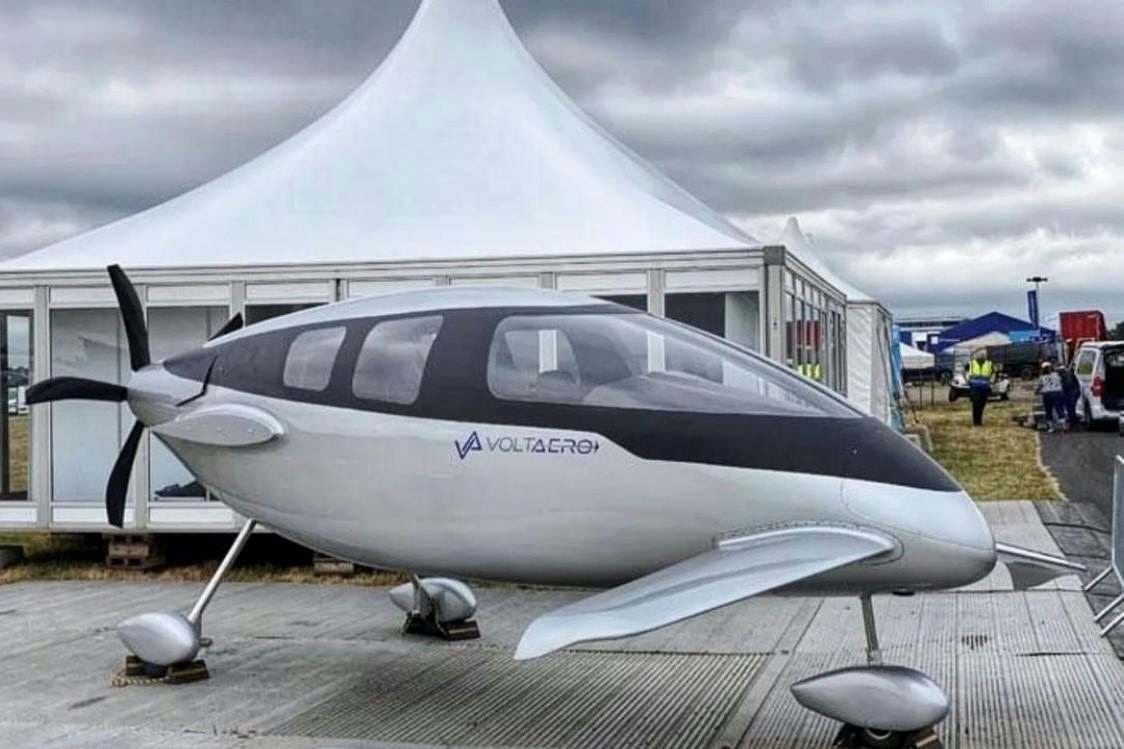
VoltAero’s Cassio 330 Advances Electric-Hybrid Aviation
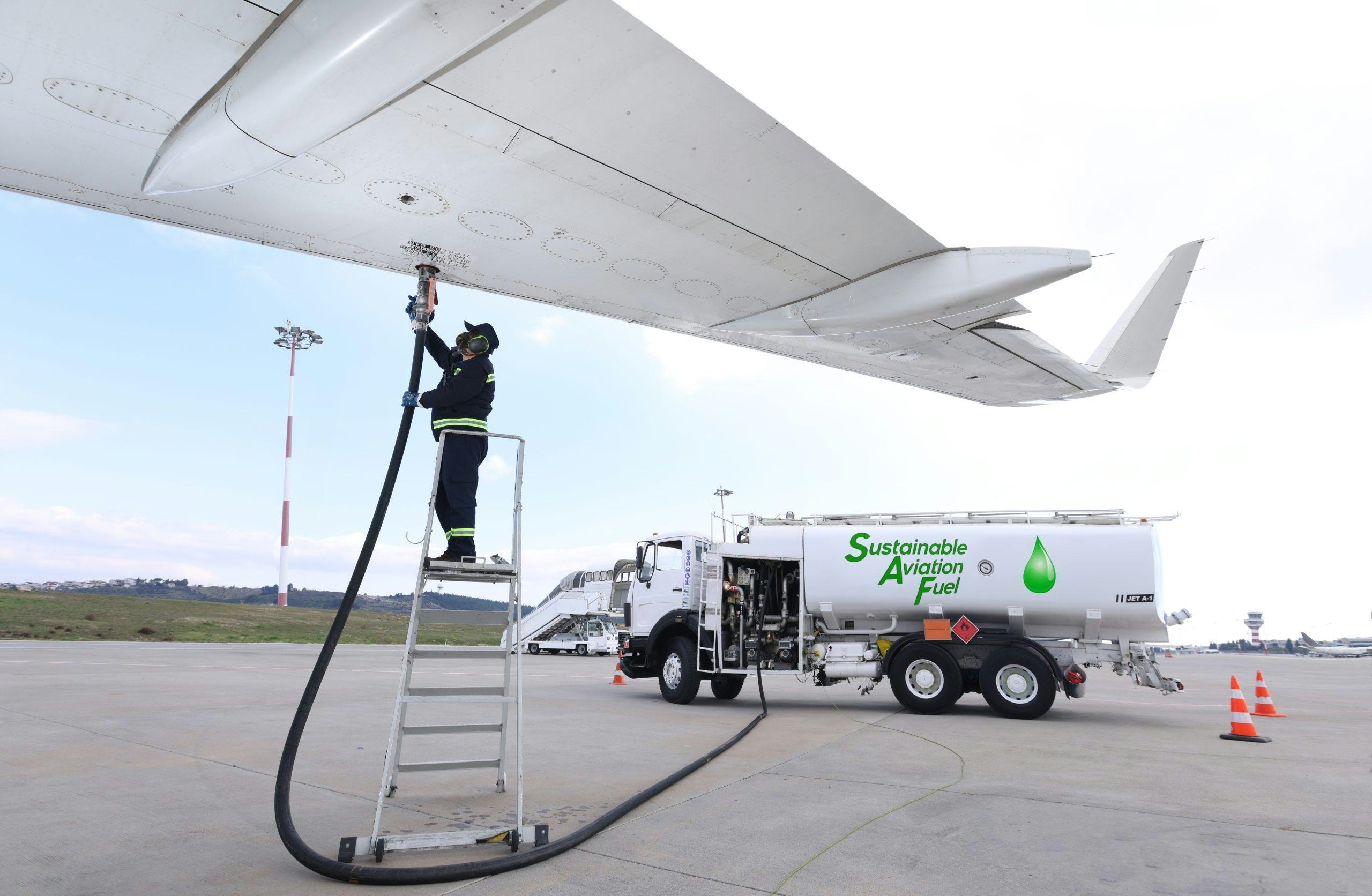
Sustainable Innovations Drive Growth in Aviation Fuel Market Amid Rising Air Travel Demand
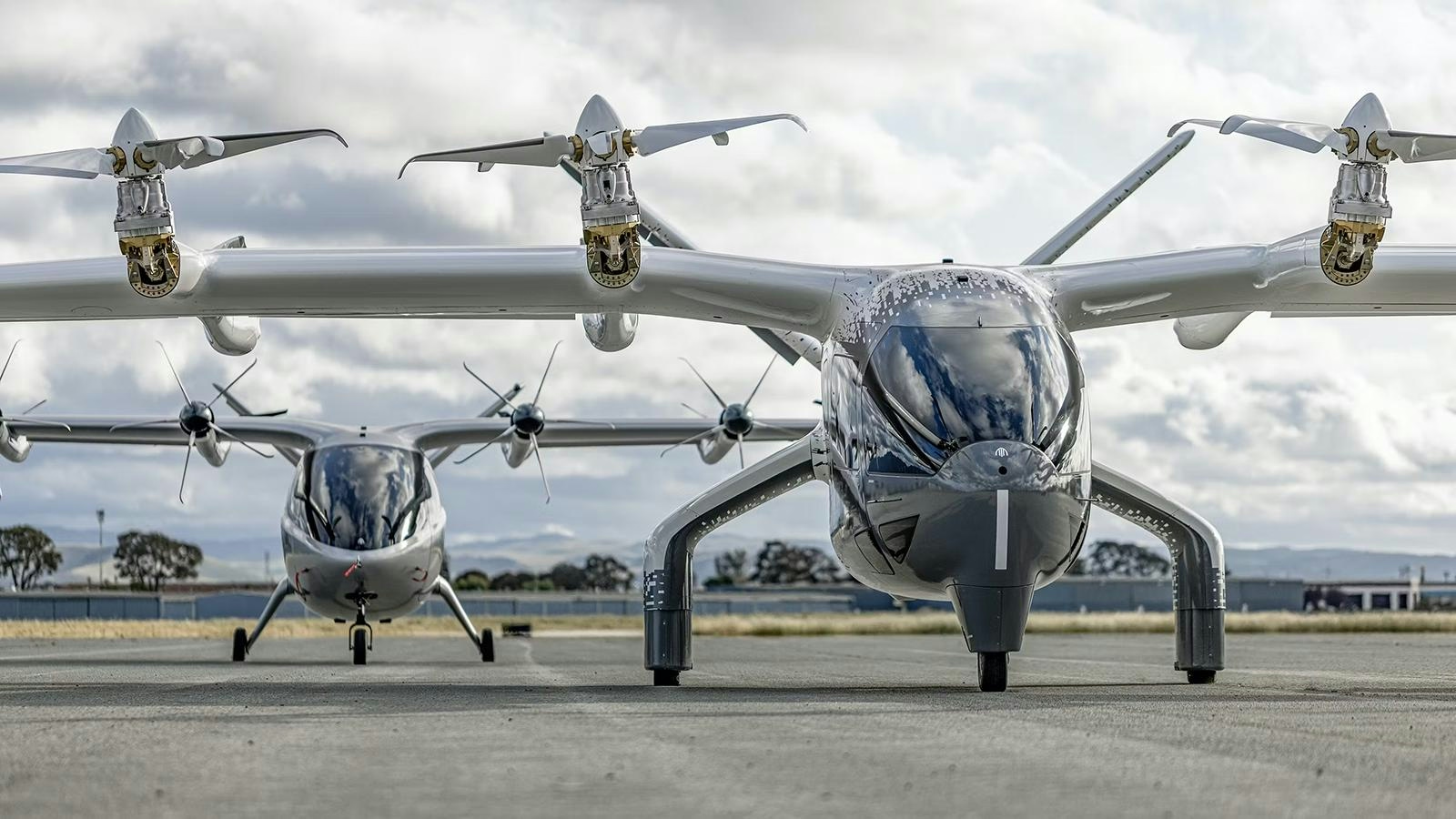
Archer’s Midnight Air Taxi Completes First Flight in UAE Desert

Collaboration Advances Flight Safety Across Industries
